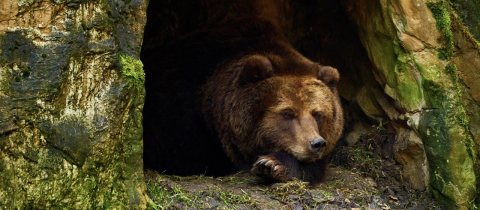Spring has sprung, and with it has come many dandelion plants poking their yellow flowers through blades of grass. Perhaps surprisingly, there’s much more to these plants beyond being pesky weeds. For one, the French word for dandelion is pissenlit, which literally translates in English to “pee in bed”. Where did this name even come from? It stems from the fact that not only is the dandelion plant edible; its leaves can produce quite a strong diuretic effect. Dandelion has been used throughout history in Native American, Chinese, and Arabic traditional medicines to treat a multitude of conditions such as fever, joint pain, and digestive problems although evidence of efficacy is limited.
And what about the English name, dandelion? This actually comes from a French phrase, “dents de lion”, meaning “tooth of the lion”, due to the jagged appearance of the plant’s leaves. And as far as those leaves go, you can eat them! Put them in a salad or sautee them like spinach. They are nutritious, providing a healthy dose of beta-carotene along with vitamins C and K. The roots contain the prebiotic fibre inulin that feeds “good” bacteria in the gut. They can be roasted to make a caffeine-free coffee alternative. Maybe you want to spare that weed-killer! Instead, rid your lawn of dandelions by bending down and harvesting them. Good exercise! These weeds deserve more respect than they get.
Caitlin Bard is completing her Bachelor of Science with a major in neuroscience at McGill University.







